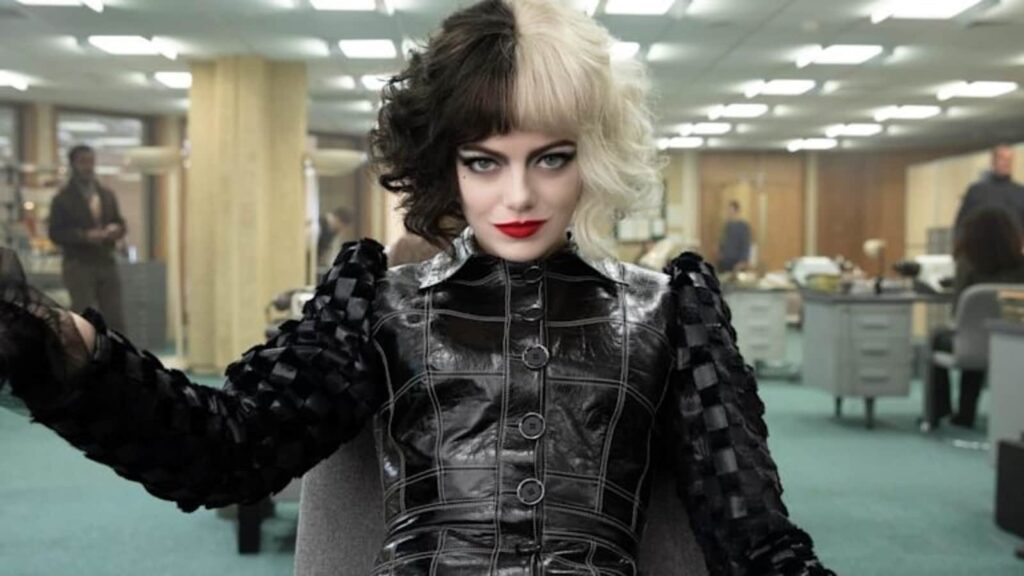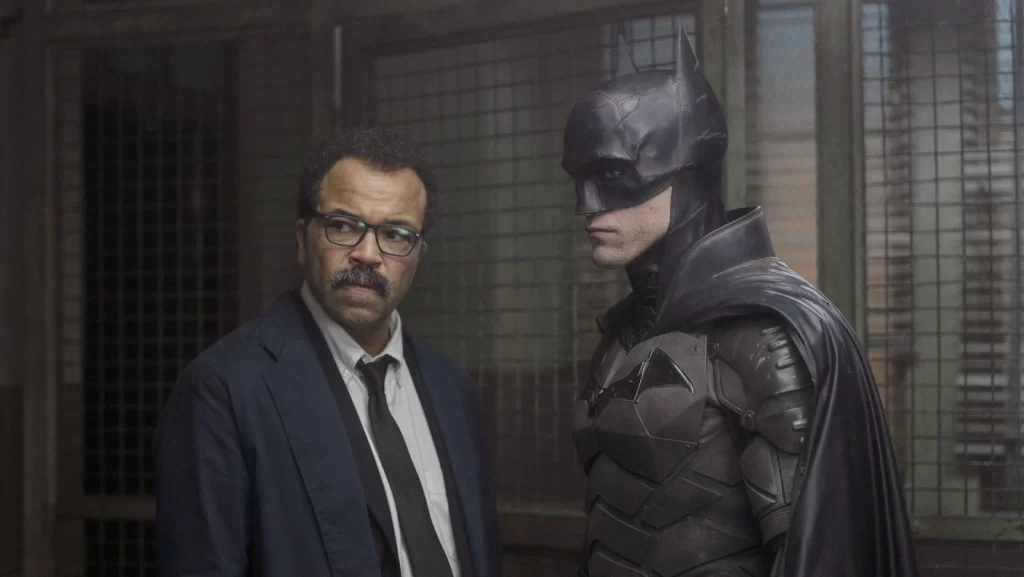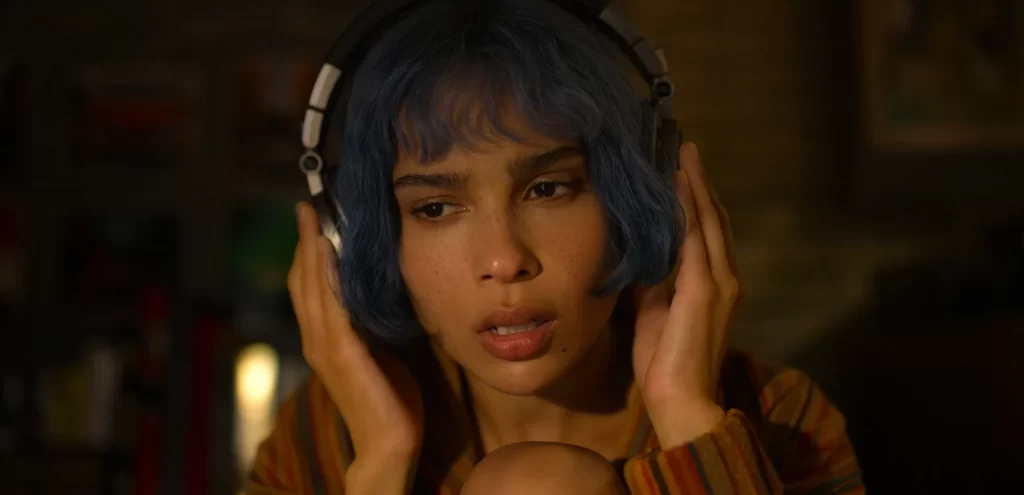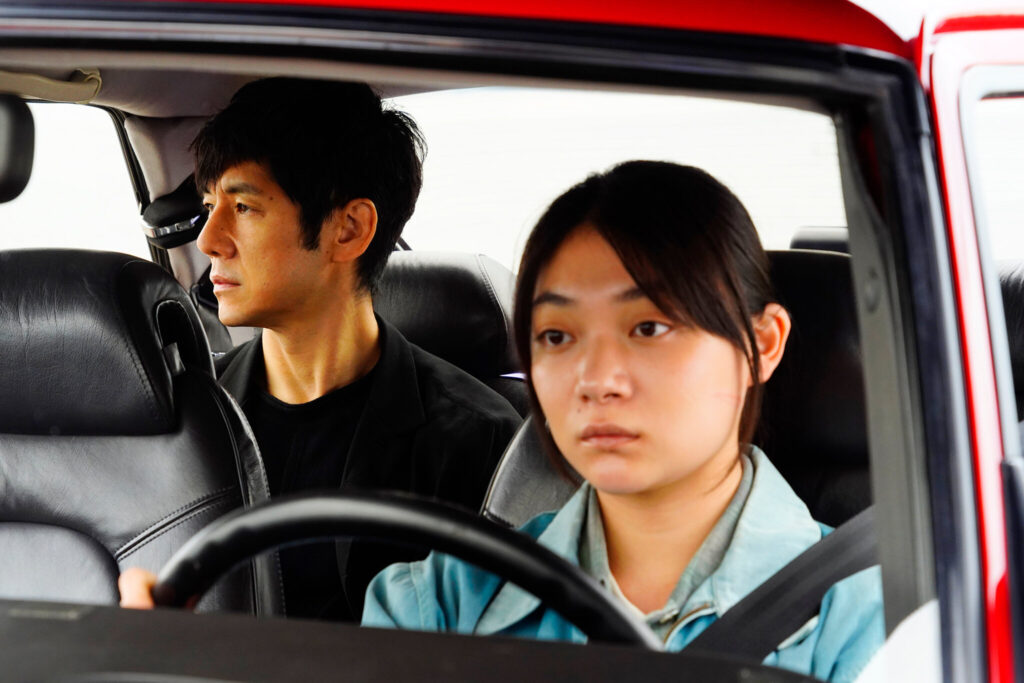Oscars 2021: The Odds and Ends

Welcome to Oscars week! Over the next five days, we’ll be running through all 20 feature categories in contention at this year’s ceremony—not to be confused with all of the awards that will actually be presented during the ceremony. Sharper and more knowledgeable critics than I have already and justifiably skewered the Academy for its laughable decision to announce the winners of eight different categories before the show proper and then somehow “edit” them into the telecast. Now, it’s possible to acknowledge that not all 23 categories (20 features, plus three shorts) possess an equivalent degree of luster; hell, I imply as much every year by titling this opening piece “odds and ends” before moving on to “the big techies” (which include film editing, original score, and production design… all of which won’t be presented live this year). But it’s foolish to pretend that this bizarre, fanboy-chasing maneuver—which is presumably designed to save time, though there are rumblings that the Academy will replace the missing minutes with, I dunno, more montages about the magic of movies, all while still limiting the telecast to three hours, we promise—will somehow attract potential viewers who were otherwise on the fence.
This makes no sense. If you don’t care about the Oscars, the prospect of not seeing the award for Best Makeup and Hairstyling presented live will not suddenly make you want to watch the Oscars. If you do care about the Oscars—if you annually follow cinema’s most prestigious, pretentious gala, and if you recognize the Academy’s value as a recordkeeping institution while still lamenting its general unwillingness to be truly adventurous—then the marginalization of a handful of categories (and of the hard-working artisans deprived of their chance to hear their name read aloud by a gorgeous celebrity) represents a pointless, self-flagellating smack. To quote a certain crime lord who made his share of disastrous decisions: It accomplishes nothing. Read More




